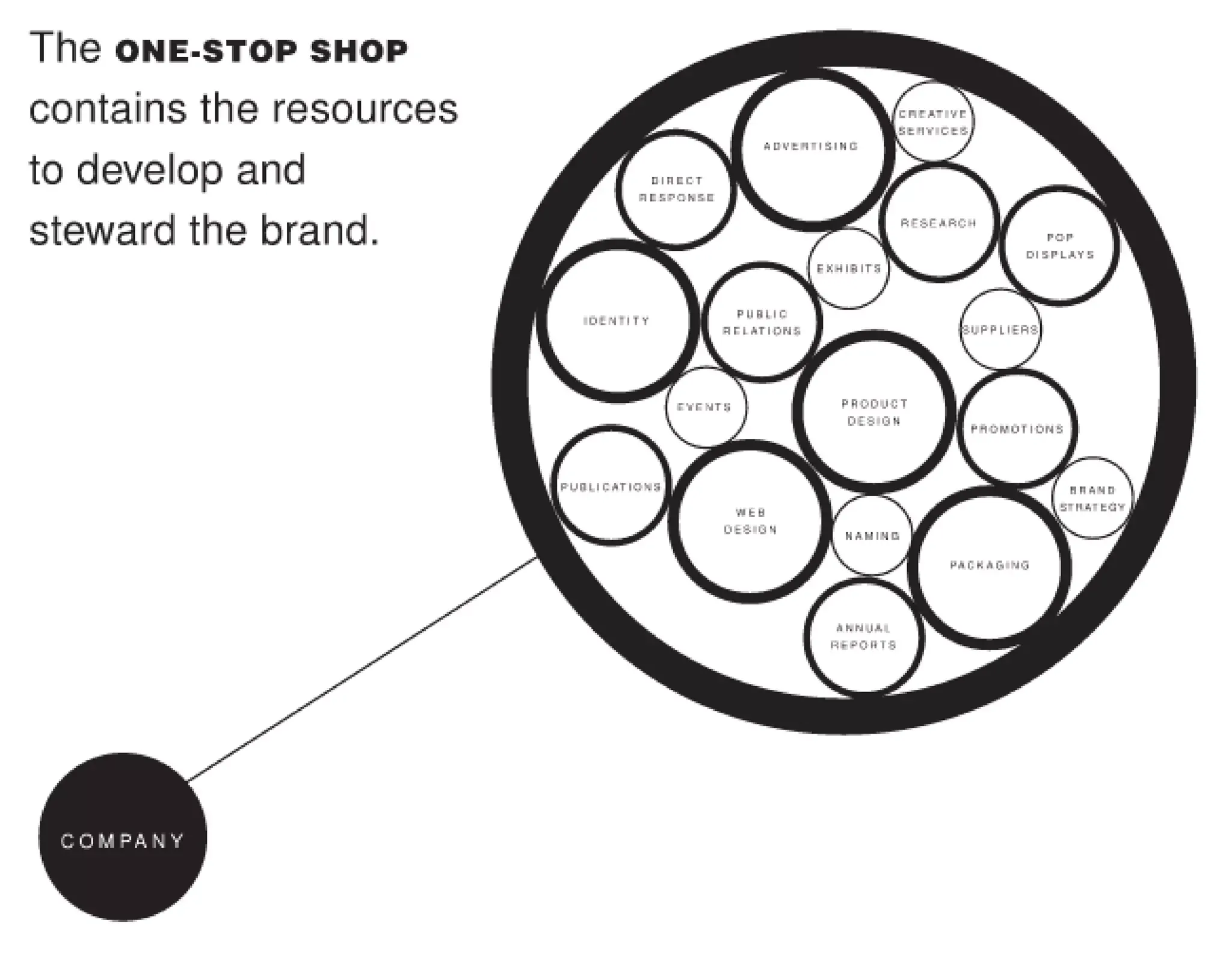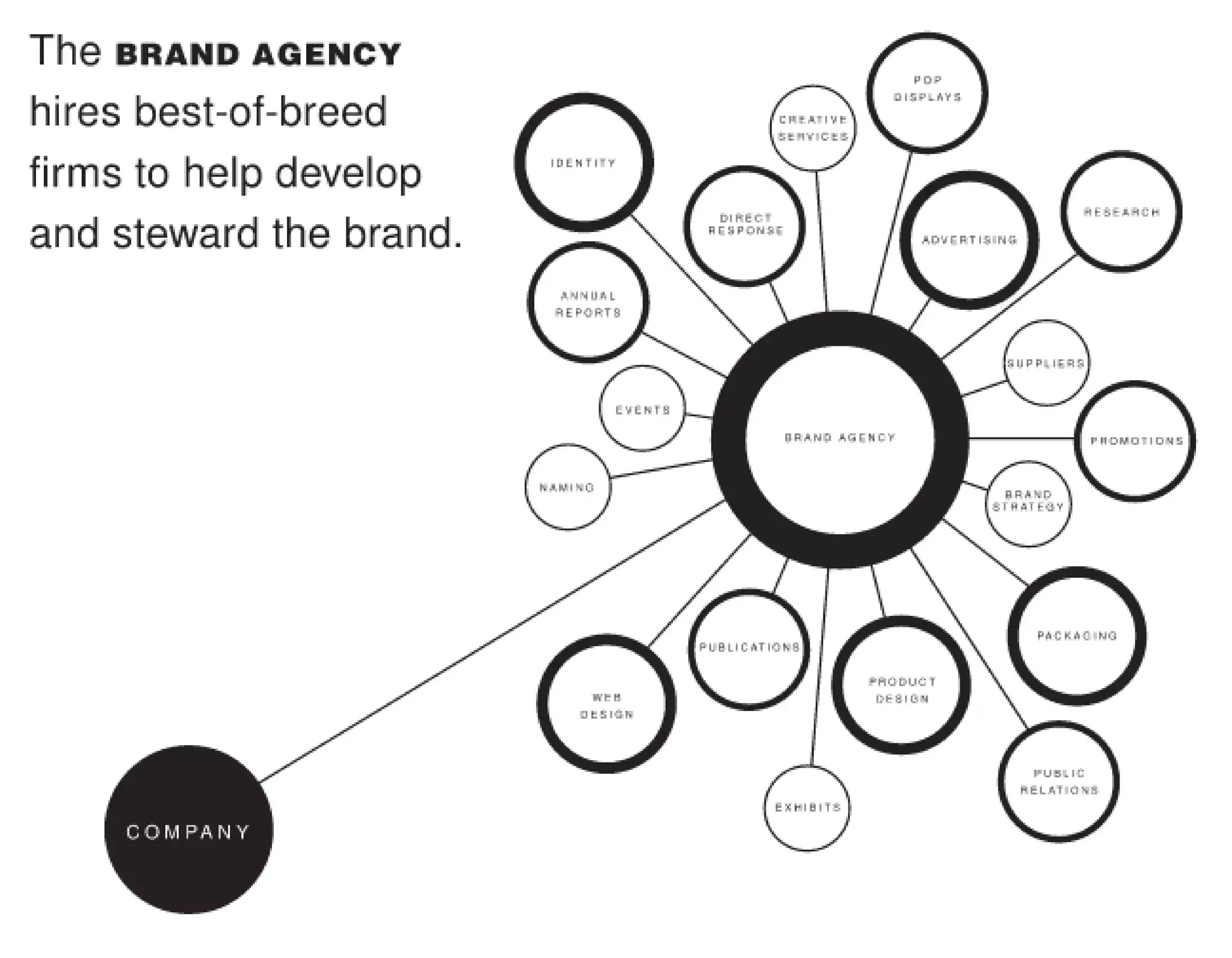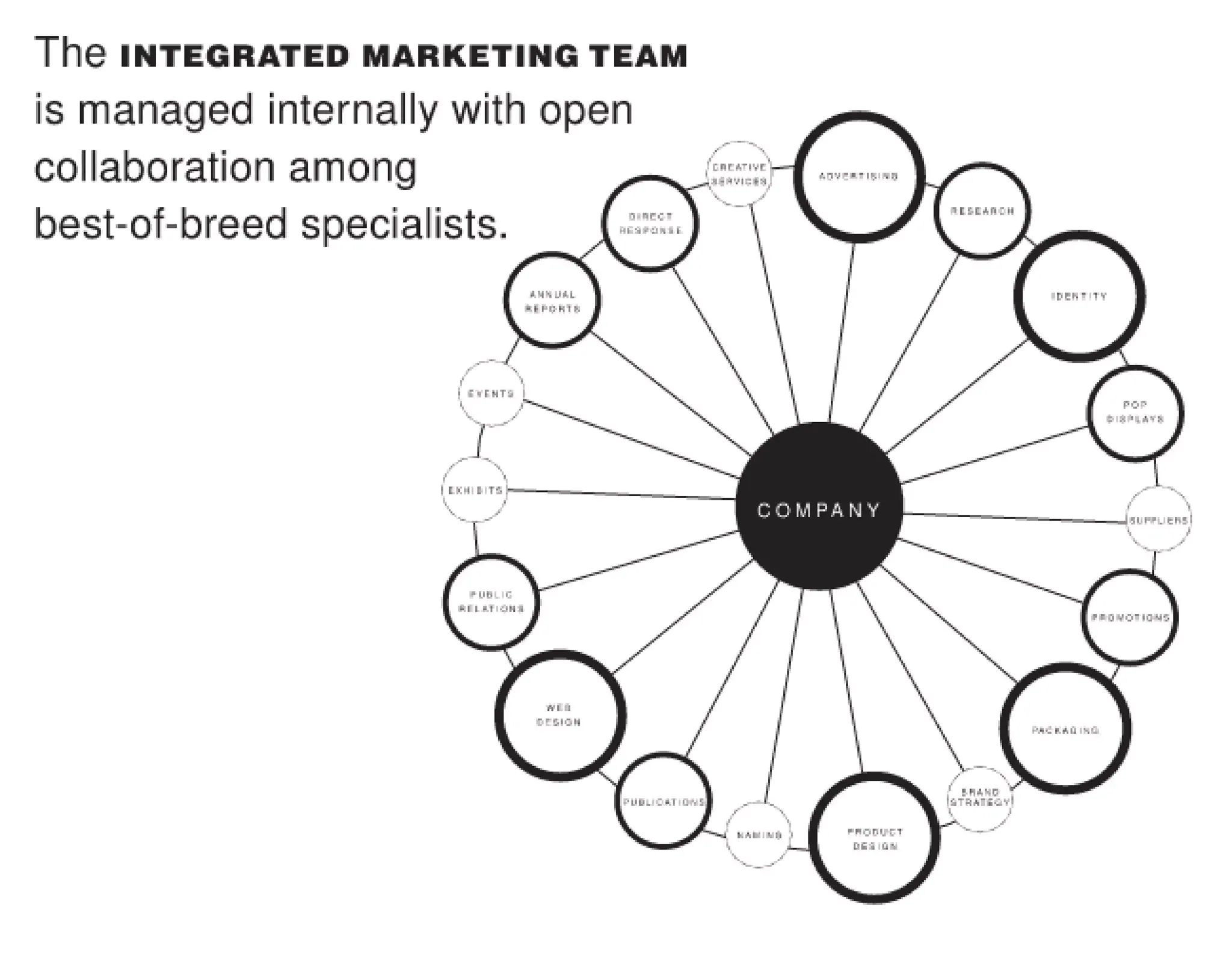We live in a world defined by saturated markets and uncountable similar to identical offers. Therefore, the majority of purchasing decisions are made based on trust and personal experience. Therefore, it is crucial for all marketers and managers to dig into the importance of branding and the future of brands, in order to meet and exceed customer's expectations.
Branding #
Branding is NOT a logo.
it’s NOT a visual asset.
it’s NOT a website.
Instead, it represents an individual's instinctive perception of a product, service, or organization. Brands are shaped by individuals, not by companies, markets, or the public. This perception is rooted in emotions and intuition, emphasizing that it's not defined by what you claim it to be but rather by what individuals express it as. Or in Marty Neumeier's words: IT’S NOT WHAT YOU SAY IT IS. IT’S WHAT THEY SAY IT IS.
Little disclaimer beforehand: that is simply Neumeiers opinion on branding, which is not necessarily decisive. Studies prove that Brands are very much shaped by companies' brand managers, CEOs, spokespeople, and hired influencers as well. As their efforts are consumed by the marketplace and individuals in the target audience his approach to branding might be too simplistic. Obviously claiming that a brand is only shaped by its target group absolves brand managers from the responsibility of shaping a brand and contributing attributes that actually help shape public perception. It is therefore important to emphasize that his approach should be critically questioned, even if his book has an interesting approach to branding in general.
5 steps to build a brand #
First of all, we have to ask the fundamental question: Why is branding currently in high demand?
With abundant choices and limited time, most offerings share similar quality and features. Our purchasing decisions are often guided by trust, which is established by meeting and exceeding customer expectations. The prediction Marty Neumeier communicates in his book is the following: Branding is poised to become the most influential strategic tool since the spreadsheet.
However, a significant challenge arises in many companies where strategy and creativity exist in separate realms. And this is what he calls the “Brand Gap”. If these two aspects collaborate, a charismatic brand can be constructed. Which in other words means a product, service, or organization that people believe has no substitute. According to Neumeier, this kind of charisma can be achieved by mastering the following five disciplines of brand-building:
1. Differentiation
The initial discipline, which has to be faced is the differentiation of a brand as opposed to its competitors, which means concentrating on a specific area. Distinctiveness involves addressing questions such as:
- Who are you?
- What do you do?
- Why does it matter?
Without compelling responses for your brand to these queries, there is a need for more FOCUS and narrowing your business area and audience. The primary cause of a lack of focus typically stems from poorly thought-out brand expansions.
2. Collaboration
The second discipline for charismatic brand-building is collaboration. Similar to the construction of a cathedral, creating a movie involves the coordination of hundreds of collaborators, and the same goes for creating a brand. There are three fundamental frameworks for structuring brand collaboration, illustrated in the following images:



3. Innovation
Originality is what provides brands with their effectiveness in the market. Companies often struggle with creativity because creativity is associated with the right brain, while strategy is linked to the left brain. (again: the so-called Brand Gap)
How can you identify an innovative idea? Marty says that innovation happens when it scares you, and it significantly unsettles everyone.
Besides, innovation also means that your brand requires a memorable name.
The seven benchmarks needed according to the author's name are:
Uniqueness, Conciseness, Suitability, Easy Spelling and Pronunciation, Likability, Expandability, and Defensibility.
4. Validation
Validation can be achieved by involving the audience in the creative process, BUT not through the use of focus groups, or other data-research. Marty recommends trying out these 3 “quick and dirty” methods, to involve the consumers:
- The SWAP TEST, which serves as evidence for trademarks. If the names and visuals of two trademarks are more effective when exchanged, then neither is optimal.
- The HAND TEST serves as proof of a distinctive voice. If you cannot discern the speaker when the trademark is concealed, then the brand's voice lacks distinctiveness.
- The FIELD TEST is a validation method for any prototype-able concept. If your audience cannot articulate your concept, you have failed to convey it.
5. Cultivation
Last but not least, cultivation has to be included. Business is a process, not an entity. Therefore it is important to influence the character of a brand. As in the long-term, according to Marty, what branding actually is about is the long-term cultivation of customer loyalty and value.
The role of a Brand Manager #
As a leading role, the Chief Brand Officer (aka Head of Brand Management) represents customers' needs and wishes in the company, while simultaneously talking to the customers in the brand’s POV. Brand managers therefore build the bridge between the companies’ expectations and customers’ needs - or as Marty Neumeier would say: the bridge between logic and magic.
As a brand manager, you try to speak to your audience in a way that connects with their emotions and create messages that hit the right spot. At the same time, marketing is all about reaching goals and defined figures, which a brand manager always has to keep in mind.
Which skills do you need to become a great brand manager/strategist?
To create a good branding strategy you should be curious and open for change and innovations. Customers always want to buy products, which improve their lives in some way - so can you imagine a future of your brand that doesn’t exist yet, but will be needed to bring your brand forward?
In addition, a brand strategist needs critical thinking and good judgment - the ability to stay objective and review analytics in order to define the crucial next steps is a must. As “profession”-related skills, a brand manager should ideally have marketing, copywriting or design knowledge (best: all three) and have good leadership-skills. Also being experienced in storytelling will improve the image of your brand immensely.
How To Prepare For The Future Of Branding #
Given the dynamics of today, and especially with the rise of AI, it is important to ask what branding will look like in the future. In a videocast and discussion with Stephen Houraghan, the author defines the following strategies to “arm” yourself as a strategist for the future:
1. Strive to be the number one
Firstly a brand could try to become the number 1 in a growing category. Alternatively, it could strive to dominate a thriving market, either by pioneering it or by progressively growing in the category. The latter is a more challenging route, which requires a shift in customer perception. In contrast, initiating a unique category from the outset simplifies the process by positioning the brand as the initial leader. This encapsulates the disruptive principle of starting out distinctly to claim the number one position within a defined category.
2. Specialization
The second strategy would be specialization, which means the focus on a “free” niche. A brand should look for a space where there's no business activity, but an audience. This can be challenging to identify, requiring thoughtful consideration. However, it's often better to discover a small, passionate audience that isn't being served and then expand that audience.
Many companies resist the idea of narrowing their focus because they believe it limits their potential for business. However, in reality, narrowing the field makes them more relevant to a specific audience.
3. Adapt over time
Lastly, it’s important to be prepared to adapt over time, as success may attract competition, requiring ongoing adjustments to maintain a unique position in the field. The most significant or adverse outcome is when the world shifts its focus to something different. Consequently,a brand has to adapt and move forward alongside the evolving world.
Where to go from here #
References #
Neumeier, M. (2022). THE BRAND GAP. Pearson Studium.
Neumeier, M., & Brand Master Academy. (2021). The Future of Branding & Brand Strategy. https://www.youtube.com/watch?v=HXQStYuhi8k
slideshare.net. (2007, März 9). The Brand Gap. SlideShare. https://www.slideshare.net/secret/MeAFkdhS32ElqE

